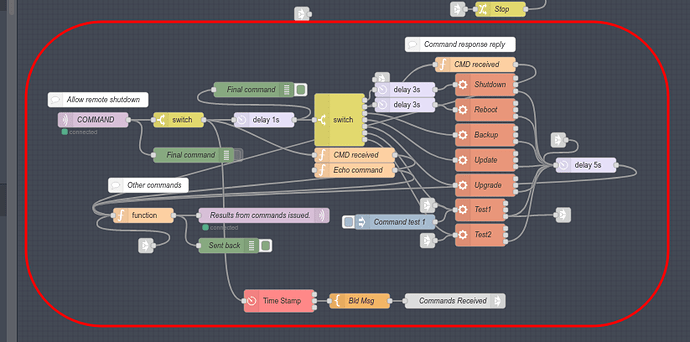Challenge accepted. Please do not take this as encouragement to "use the editor as a dashboard." (Search that phrase in the forum.)
[{"id":"3b0e731e.8ffc0c","type":"inject","z":"3b690bae.7e1914","name":"","props":[{"p":"payload"},{"p":"topic","vt":"str"}],"repeat":"2","crontab":"","once":false,"onceDelay":0.1,"topic":"","payload":"","payloadType":"date","x":250,"y":2100,"wires":[["8859d772.9b9c58"]]},{"id":"8859d772.9b9c58","type":"change","z":"3b690bae.7e1914","name":"","rules":[{"t":"set","p":"test","pt":"global","to":"payload","tot":"msg"}],"action":"","property":"","from":"","to":"","reg":false,"x":420,"y":2100,"wires":[["e6c2b82b.deafc"]]},{"id":"e6c2b82b.deafc","type":"debug","z":"3b690bae.7e1914","name":"","active":true,"tosidebar":true,"console":false,"tostatus":true,"complete":"payload","targetType":"msg","statusVal":"payload","statusType":"auto","x":590,"y":2100,"wires":[]},{"id":"3b0019ff.9337ae","type":"function","z":"3b690bae.7e1914","name":"","func":"\nreturn msg;","outputs":1,"noerr":0,"initialize":"// Code added here will be run once\n// whenever the node is deployed.\nsetInterval(showStatus,1000)\n\nfunction showStatus() {\n node.status({text:global.get('test')})\n}","finalize":"","x":420,"y":2160,"wires":[[]]}]













 “Who let the dogs stdout?”
“Who let the dogs stdout?”